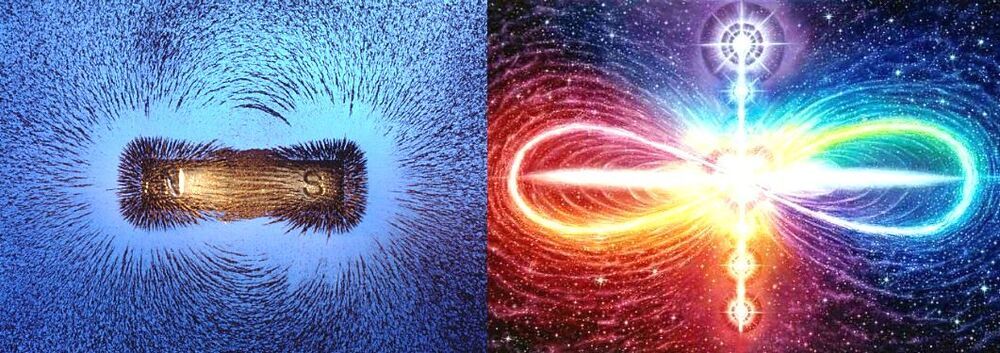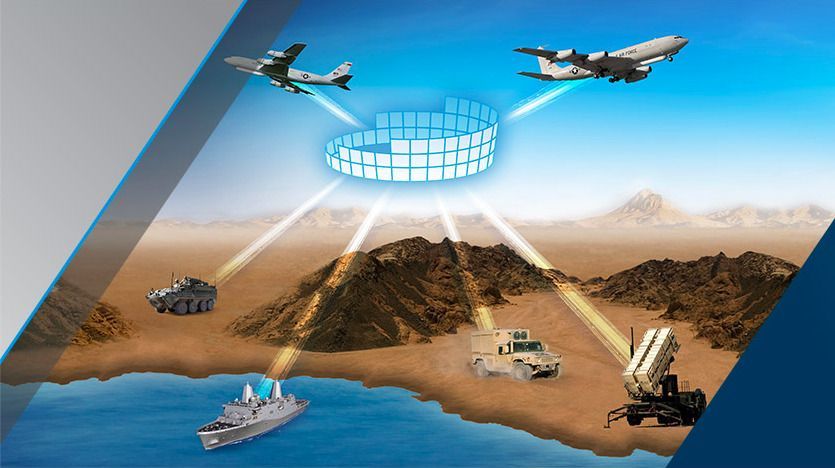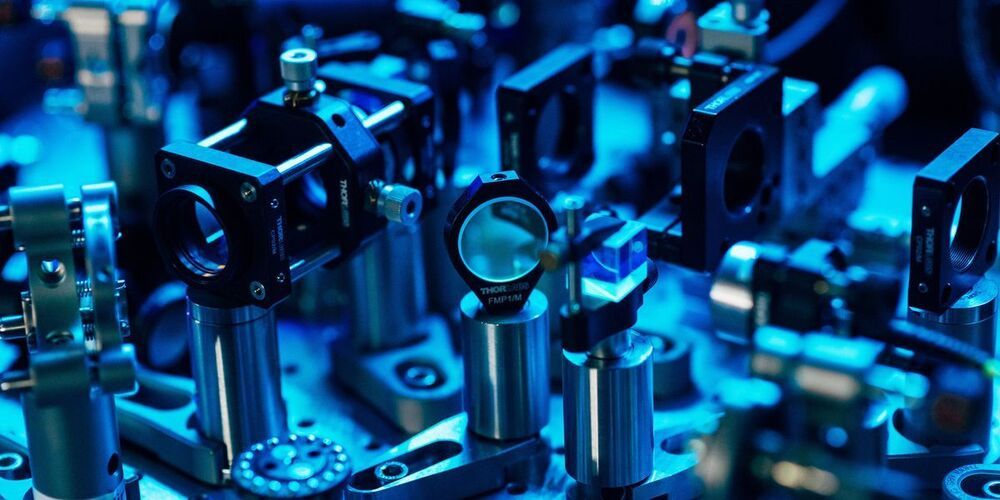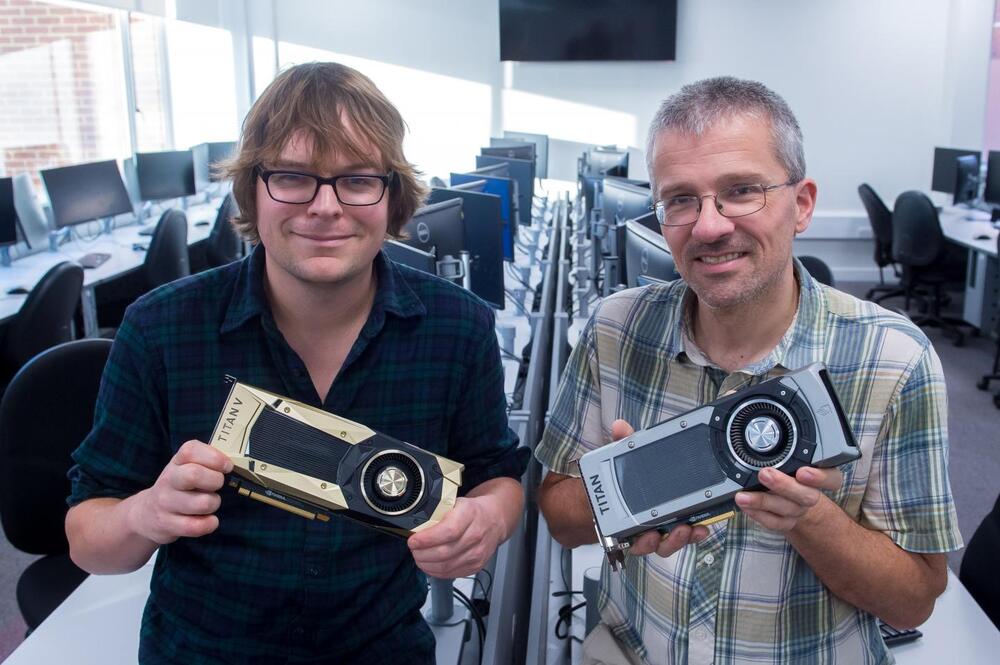Feb 4, 2021
See Sirius, the brightest star in the night sky
Posted by Genevieve Klien in category: futurism
Find out how to spot Sirius, the brightest star as seen from Earth. Learn the mythology behind this dazzling light and how it earned the nickname of the Dog Star.
View at EarthSky Community Photos. | Garth Battista was in New York’s Catskill Mountains – at Manhattan Country School – when he caught the easy-to-see constellation Orion and the star Sirius (far left). Sirius is always easy to see. It’s the sky’s brightest star. Orion’s Belt – the short, straight row of 3 medium-bright stars – always points to it. Thank you, Garth!
Although white to blue-white in color, Sirius might be called a rainbow star, as it often flickers with many colors. The flickering colors are especially easy to notice when you spot Sirius low in the sky.


















